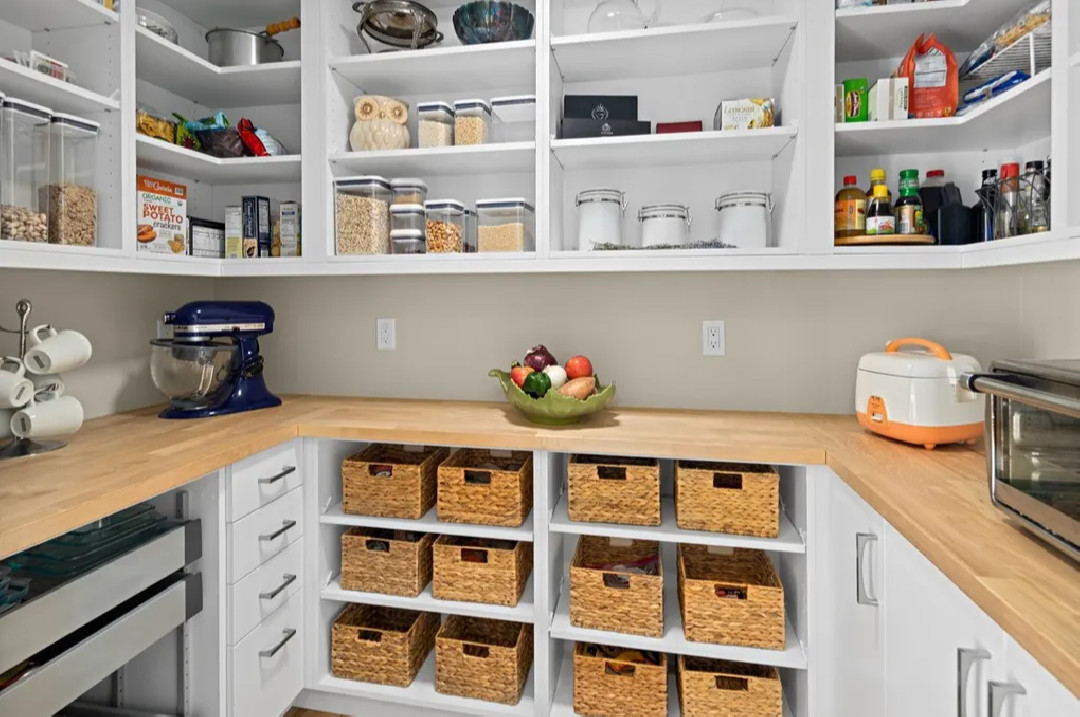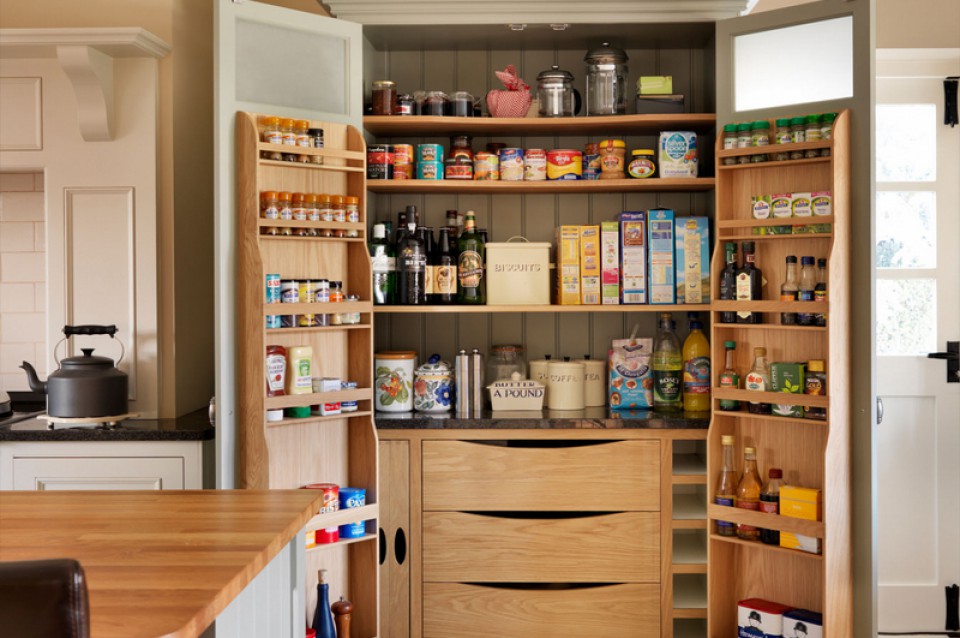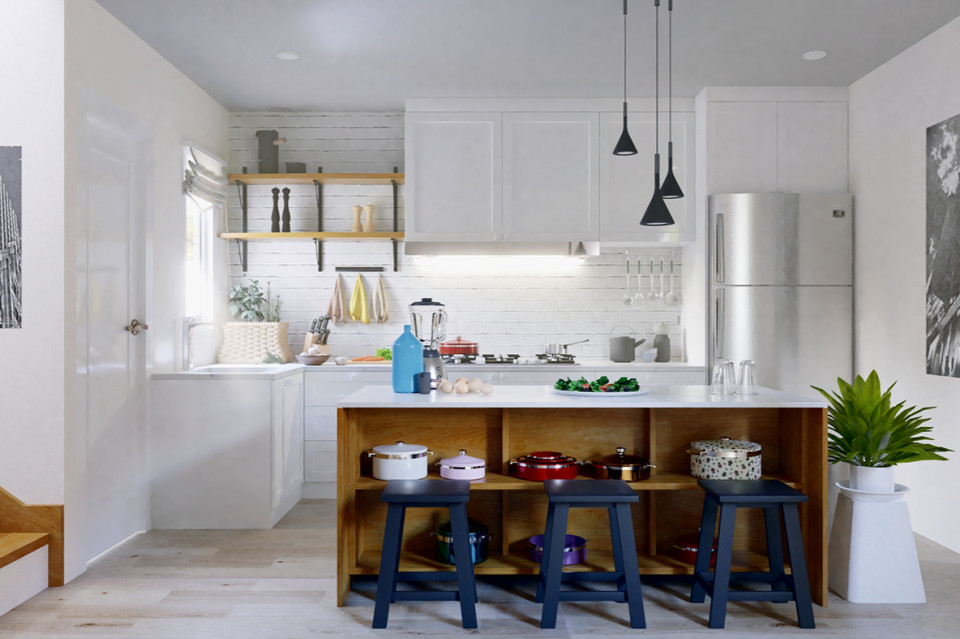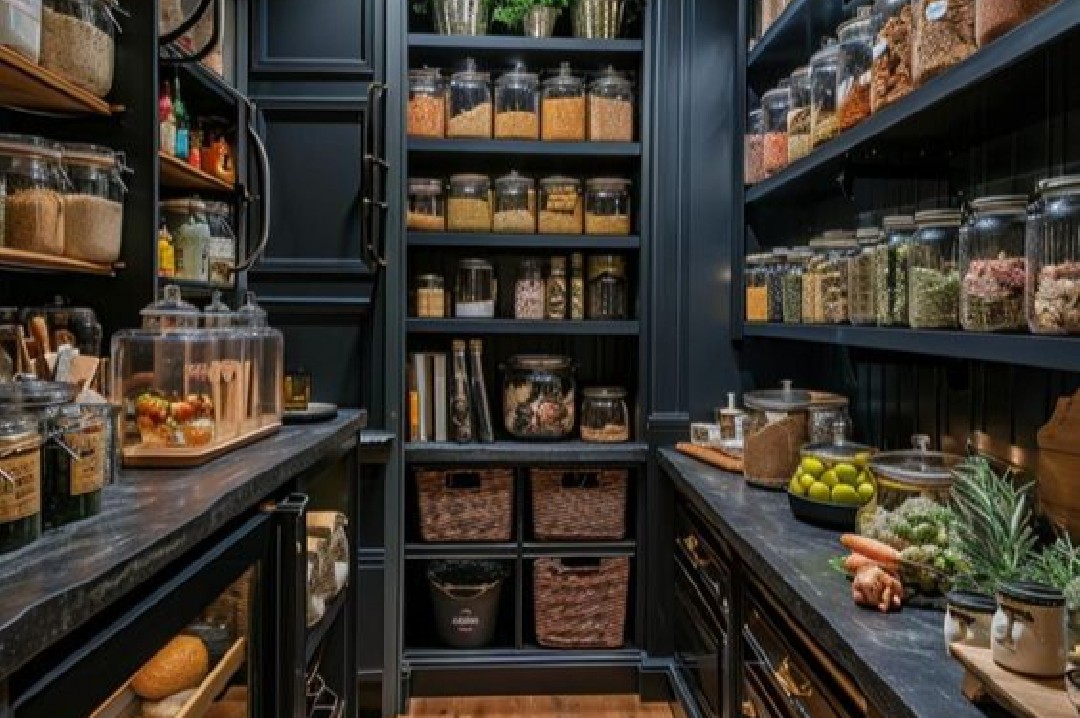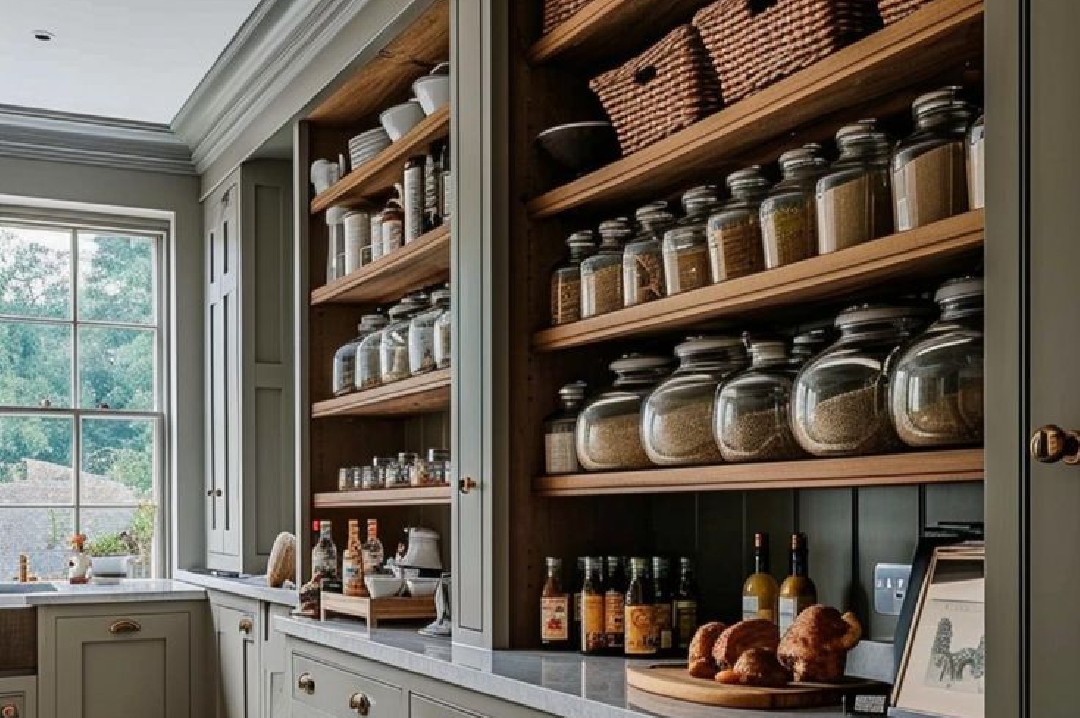Organizing a Modular Pantry for Maximum Storage Flexibility
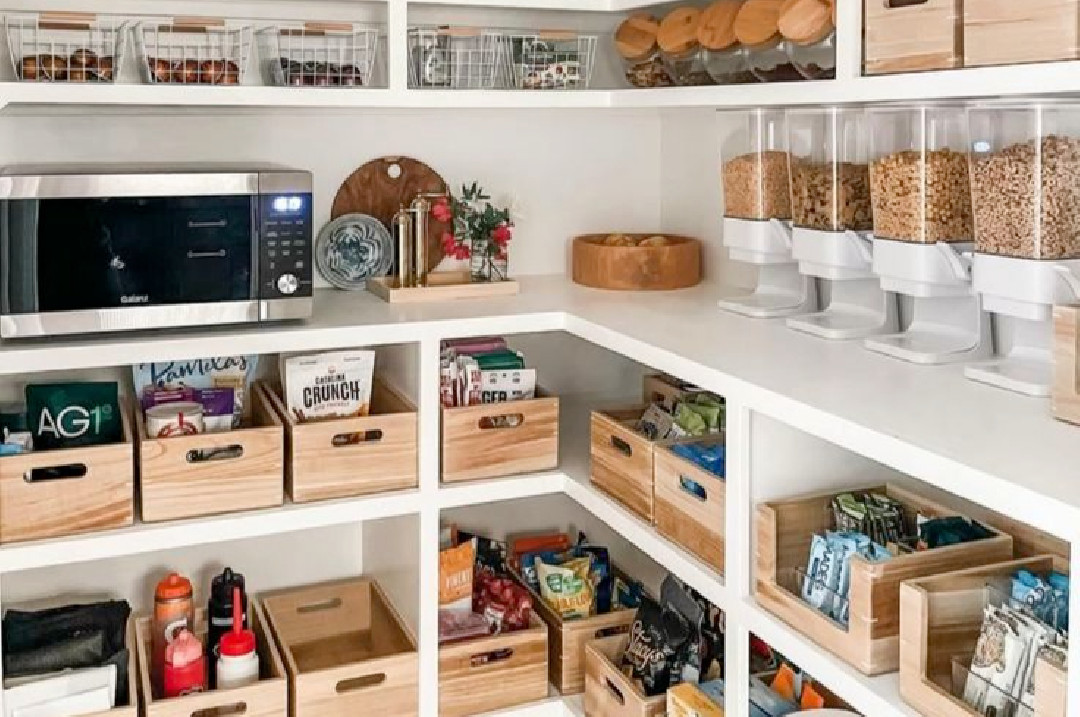
A pantry is an essential element in the kitchen, primarily serving as storage for food items, kitchen tools, and other daily essentials. However, not all pantries are designed in the same way. In recent years, modular pantry designs have gained popularity due to their ability to provide maximum storage flexibility. A modular system allows you to arrange and adjust your space according to specific needs, making it an ideal solution for both small and large kitchens.
What Is a Modular Pantry?
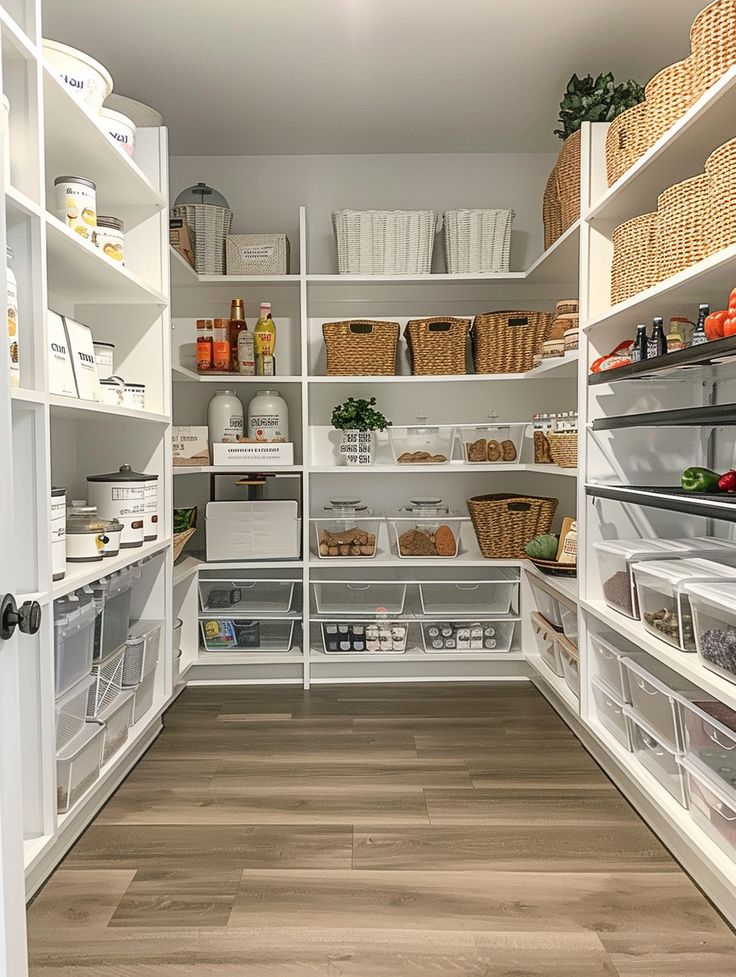
A modular pantry is a pantry made up of storage units that can be customized, moved, or replaced easily as needed. Compared to traditional pantries that may have fixed shelves or drawers, a modular pantry offers greater freedom in arrangement. For example, you can add extra shelves for food items or replace unused containers with more functional ones. This concept allows you to create a more dynamic pantry that adapts to your household's daily consumption patterns.
Benefits of a Modular Pantry
-
Storage Flexibility
One of the main advantages of a modular pantry is its flexibility. A modular system allows you to adjust shelves, drawers, and storage containers based on your needs. If you have many dry foods like rice, pasta, or flour, you can use taller, wider shelves. If you need space for spices or small items, you can add smaller drawers specifically for those. -
Maximizing Space
Space is often a challenge in modern homes, especially in kitchens with limited square footage. A modular pantry helps you make the most of every inch of available space. You can add adjustable-height storage elements or use vertical wall space to store lighter items. This makes the modular pantry an excellent choice for small kitchens, as it can adapt to limited space. -
Easy Maintenance
A modular pantry also makes maintenance and reorganization easier. Since all elements can be changed as needed, cleaning or rearranging the pantry becomes a breeze. You can remove specific parts without disrupting the entire storage system. Additionally, this system makes it easy to check food stocks regularly since everything is neatly arranged and easily accessible. -
Aesthetic and Modern Design
A modular pantry is not only functional but also aesthetically pleasing. Many modular systems are designed with a minimalist, modern style, which helps your kitchen look tidier and more stylish. You can choose from various materials such as wood, metal, or high-quality plastic for the shelves and drawers. Many modular systems also come in a variety of colors and textures, allowing you to match them to your kitchen’s overall design.
How to Organize a Modular Pantry

To make the most of your modular pantry, here are a few steps you can follow:
-
Mapping Your Needs
The first step is to assess your storage needs. Determine what types of food or items need to be stored in the pantry. Then, make a list of the items in different sizes and categorize them—such as dry goods, spices, cooking utensils, and more. With this assessment, you can choose the type of modular shelves or drawers that will best suit your needs. -
Choosing the Right Modular System
After identifying your storage needs, the next step is to choose the right modular system. You can buy ready-made modular shelves or build custom ones with the help of a carpenter. Ensure that the system allows for flexibility in arrangement, such as easily adding or removing shelves. -
Arranging and Organizing Items
When arranging items in the pantry, think about accessibility. Place frequently used items in easy-to-reach areas. For instance, daily food items like rice or cooking oil can be stored on front-facing or middle shelves that are easy to access. Less frequently used items, such as large cooking utensils or backup food supplies, should be stored on higher shelves. -
Using Appropriate Containers
Choose storage containers that match the types of food you store. Transparent containers are highly recommended for dry goods like flour, pasta, or sugar, as they allow you to see the contents without opening the lid. Additionally, use labels to name each container, making it easier to organize and find items.


